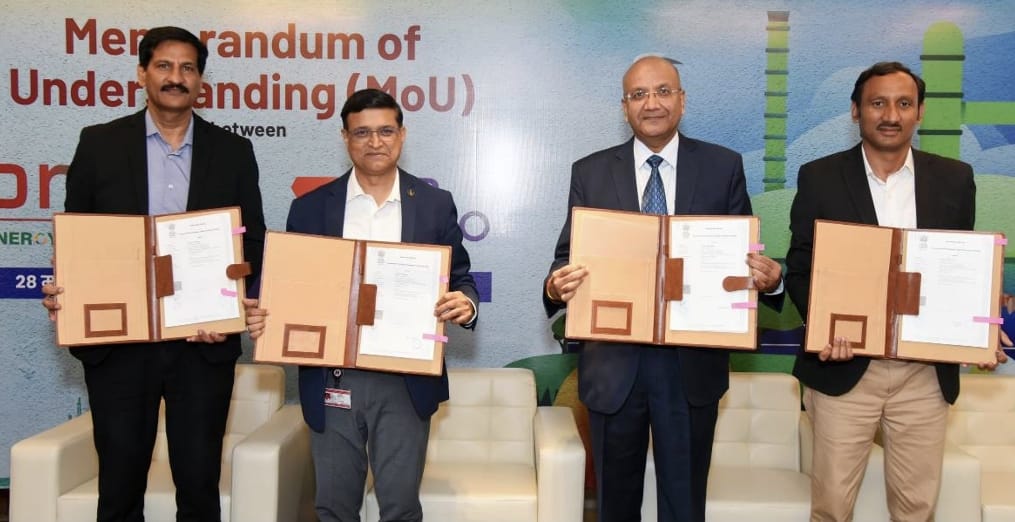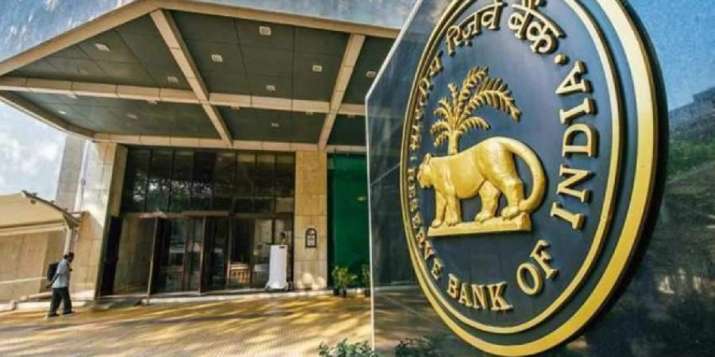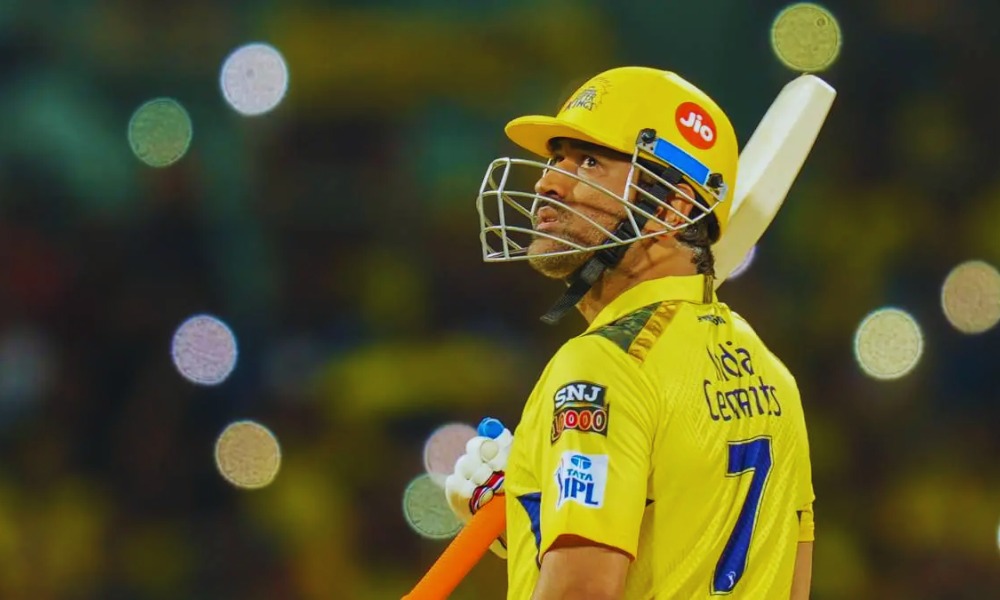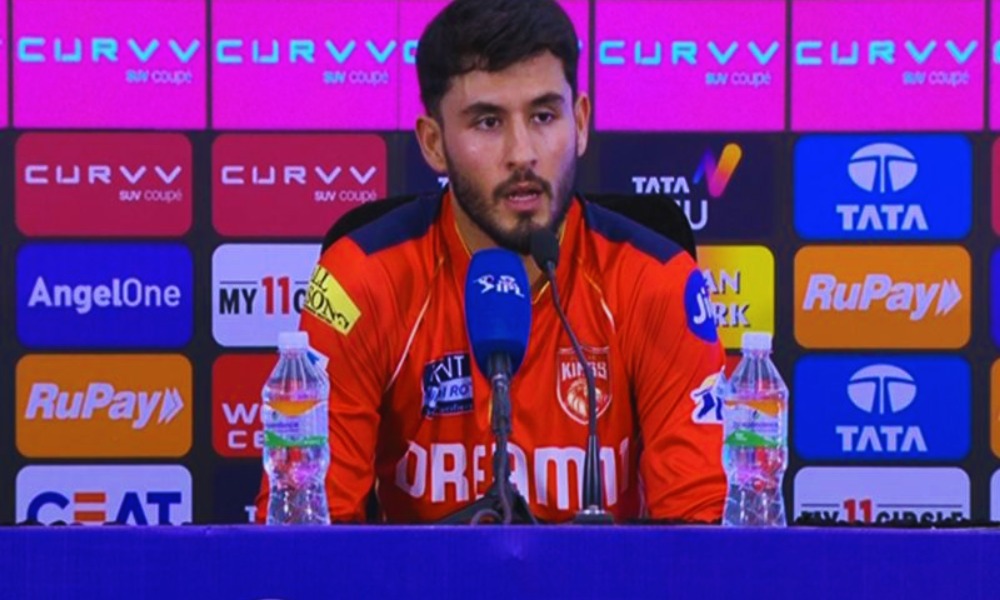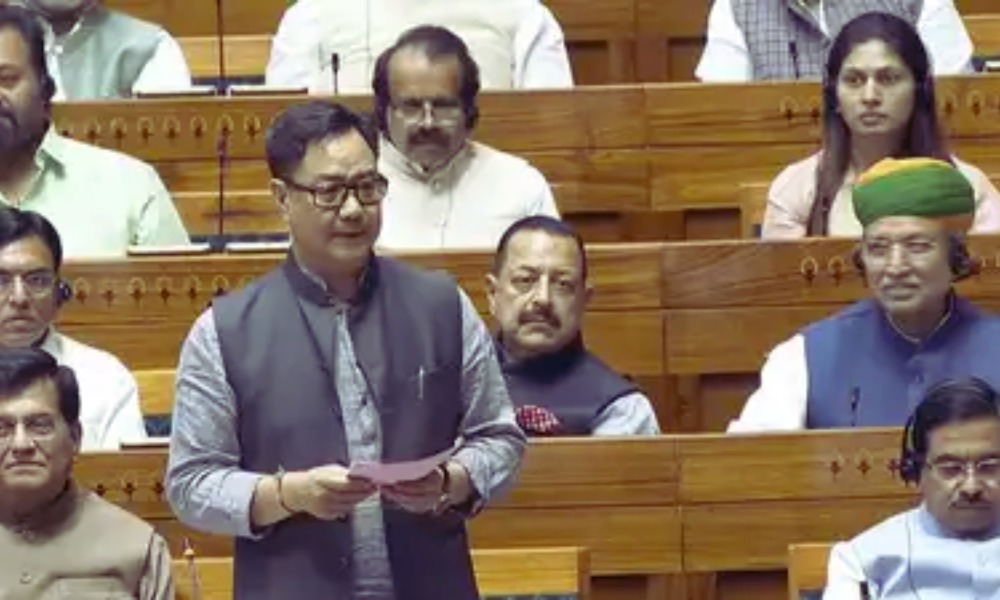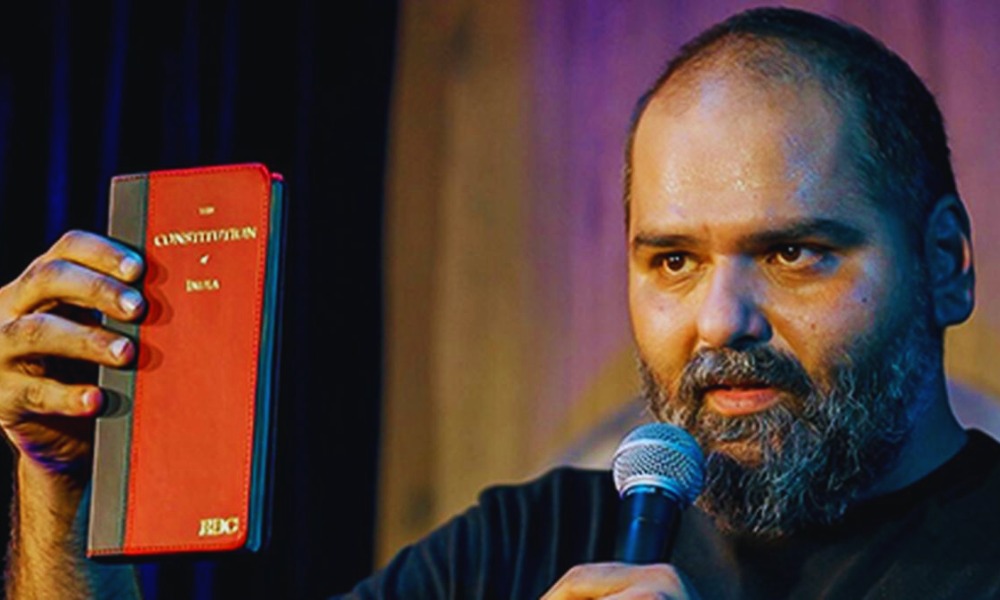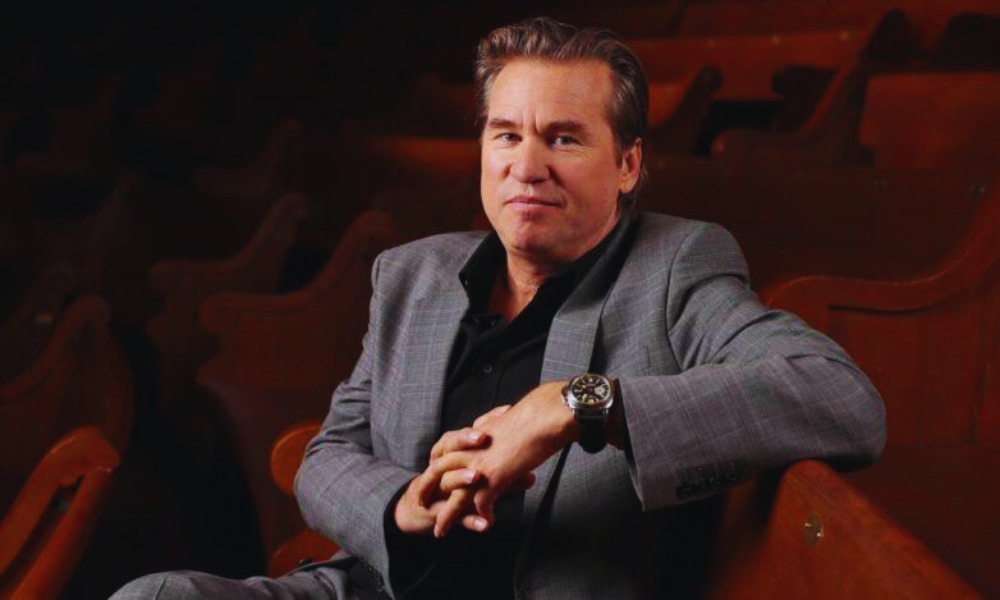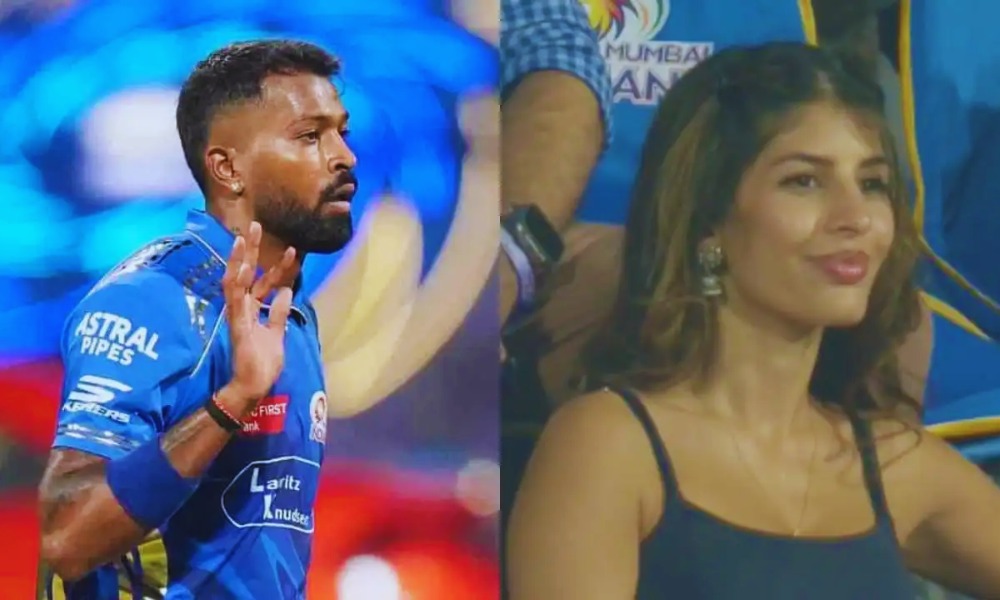Robert Eggers’ Ambitious Take on “Nosferatu”: A Gothic Masterpiece
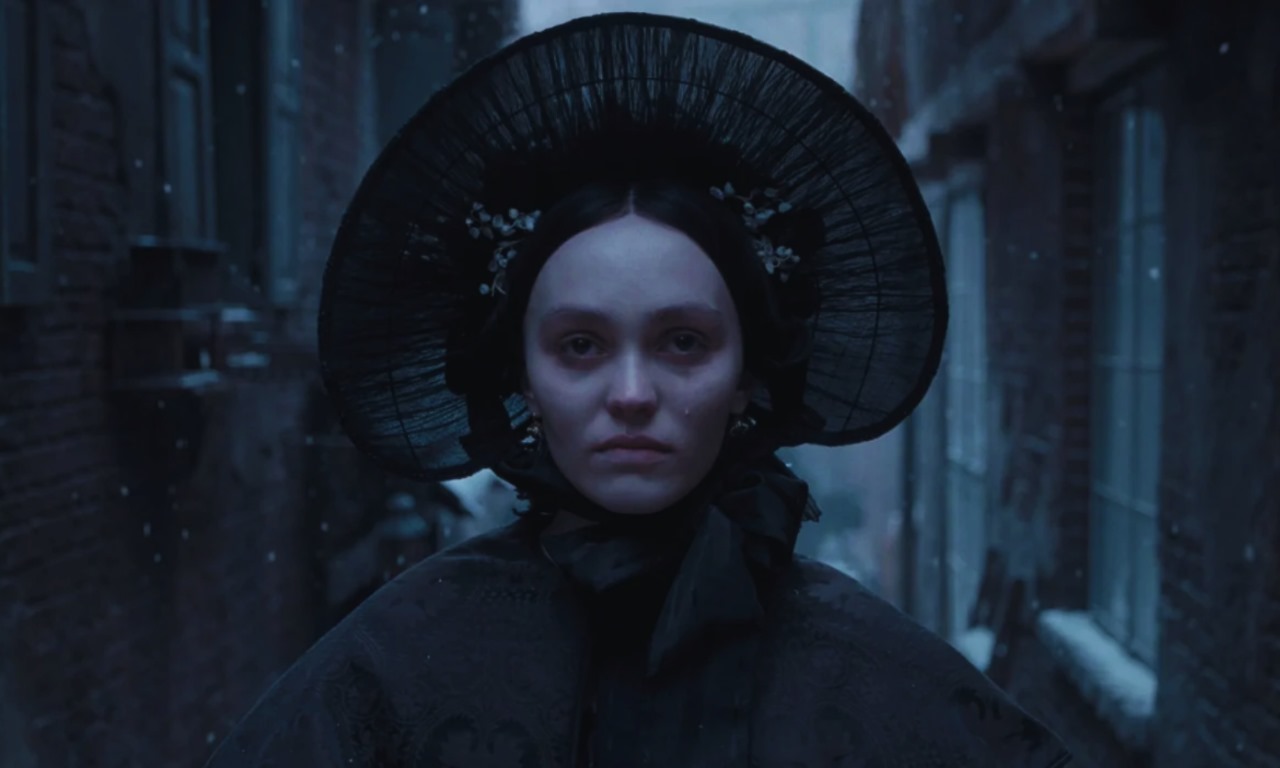
Robert Eggers’ reinterpretation of the 1922 F.W. Murnau classic “Nosferatu: A Symphony of Horror” has been a long-anticipated project, finally brought to life after years of development.
Since his breakout with “The Witch” in 2015, Eggers has cemented his reputation for creating atmospheric, detail-rich films. With “Nosferatu,” the director once again showcases his signature style and attention to historical authenticity.
Eggers’ works often prioritize mood and aesthetics over straightforward storytelling. “The Witch” was an exercise in dread, while “The Northman” emphasized raw physicality.
Between these, “The Lighthouse” stands as perhaps his most bizarre and captivating work. In “Nosferatu,” Eggers delivers a film dripping with atmosphere, though occasionally at the expense of narrative momentum.
A Haunting Opening
The film’s first frames introduce Ellen (Lily-Rose Depp), emerging from shadows with tears streaking her face. She appears tormented, her body wracked with inexplicable movements as a mysterious voice beckons.
Count Orlok (Bill Skarsgård), the sinister figure haunting her, steps out of the darkness, setting the tone for the horrors to come.
Years later, Ellen is in a relationship with Thomas (Nicholas Hoult), a real estate agent traveling to Transylvania to meet Count Orlok.
His journey triggers a cascade of dread, while Ellen remains at home, plagued by the Count’s oppressive presence.
Eggers skillfully uses Orlok sparingly, keeping him shrouded in shadows and revealing his grotesque visage only intermittently, enhancing the sense of unease.
Captivating Performances
Lily-Rose Depp delivers her most compelling performance yet, portraying Ellen’s emotional and physical anguish with intensity. Her suffering injects emotional depth into a film that occasionally risks feeling cold and distant.
Bill Skarsgård, a rising star in horror, fully embodies the chilling Count Orlok, disappearing behind the character’s monstrous appearance and unnerving mannerisms.
Despite these strong performances, some characters—such as those played by Aaron Taylor-Johnson and Emma Corrin—feel underdeveloped.
Willem Dafoe, an Eggers regular, shines as Professor Albin Eberhart Von Franz, a Van Helsing-like figure who adds vibrancy to the film’s latter half. His stylized delivery and magnetic presence breathe life into an otherwise somber narrative.
Visual and Technical Excellence
Eggers’ collaboration with cinematographer Jarin Blaschke results in a visually stunning film. The use of natural lighting and high-contrast compositions creates a hauntingly immersive experience.
Production designer Craig Lathrop masterfully reconstructs 1838 Germany, making the setting as much a character as the actors themselves. The film’s washed-out color palette evokes the tinted prints of silent cinema, adding to its ghostly allure.
However, the film’s meticulous craftsmanship sometimes undermines its emotional resonance. While individual scenes evoke palpable dread, the overall pacing falters, with stretches that feel disconnected from the central tension.
A Tribute to Murnau and Stoker
Eggers’ “Nosferatu” pays homage to Murnau’s 1922 silent classic and, by extension, Bram Stoker’s original novel. It bypasses a century of Dracula adaptations, aiming to reconnect with the primal terror of the source material.
Yet, Eggers’ version deviates in key ways, expanding characters and subplots while staying true to the Gothic essence of the story.
The film introduces new elements, such as the Hardings (Taylor-Johnson and Corrin), a wealthy couple who care for Ellen in Thomas’ absence, and Dr. Sievers (Ralph Ineson), a misguided physician. These additions enrich the narrative but occasionally dilute its focus.
Comparing Vampire Legacies
Eggers’ Count Orlok diverges significantly from Murnau’s original portrayal. While Max Schreck’s Orlok was twisted and skeletal, Skarsgård’s version is towering and barbaric, with a booming voice that dominates every scene.
The updated design reflects Eggers’ intent to reinvent rather than replicate.
The film also nods to other Dracula adaptations, particularly Francis Ford Coppola’s 1992 “Bram Stoker’s Dracula.”
While Coppola’s version embraced eroticism and camp, Eggers’ “Nosferatu” opts for a colder, more restrained approach. This decision results in a visually grand but emotionally subdued film, lacking the visceral impact of Coppola’s interpretation.
Final Thoughts
Robert Eggers’ “Nosferatu” is a visually arresting tribute to one of cinema’s earliest horror masterpieces. Its meticulous attention to detail and Gothic atmosphere make it a must-watch for fans of the genre.
However, the film’s emotional detachment and uneven pacing prevent it from achieving the raw power of its inspirations. While it stands as a testament to Eggers’ craftsmanship, it ultimately leaves the viewer yearning for a fresher take on this timeless tale.

